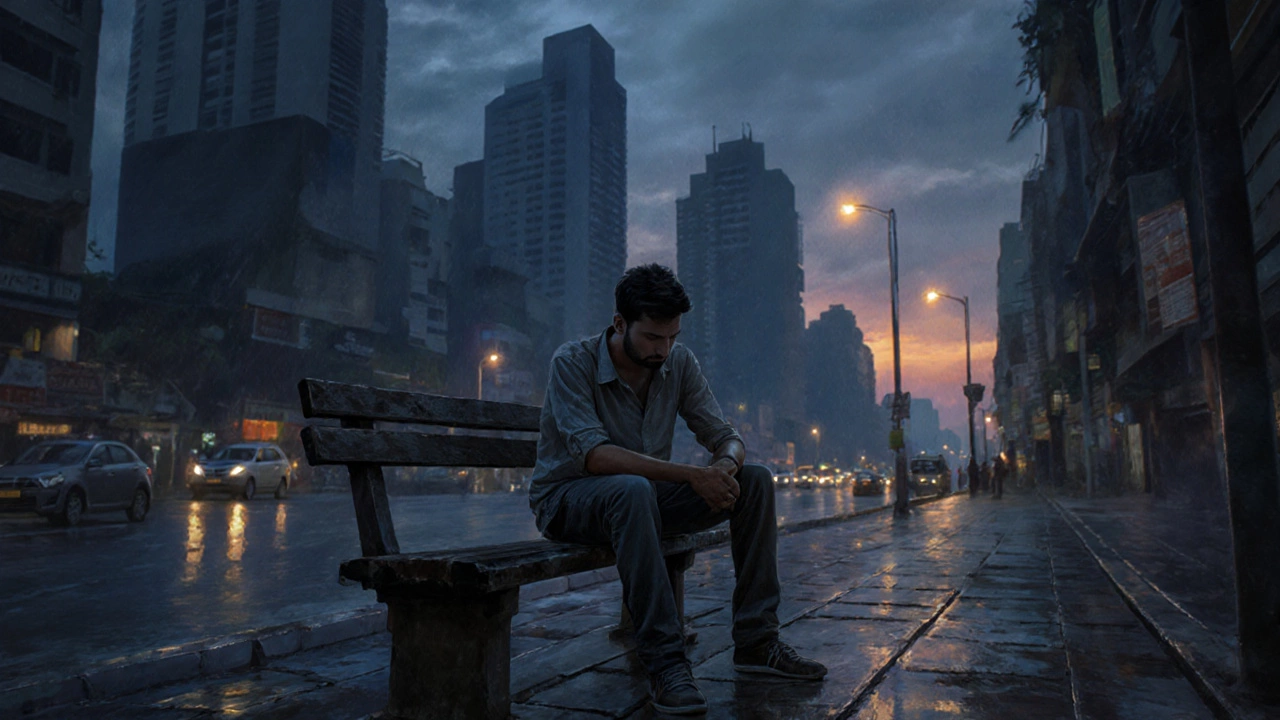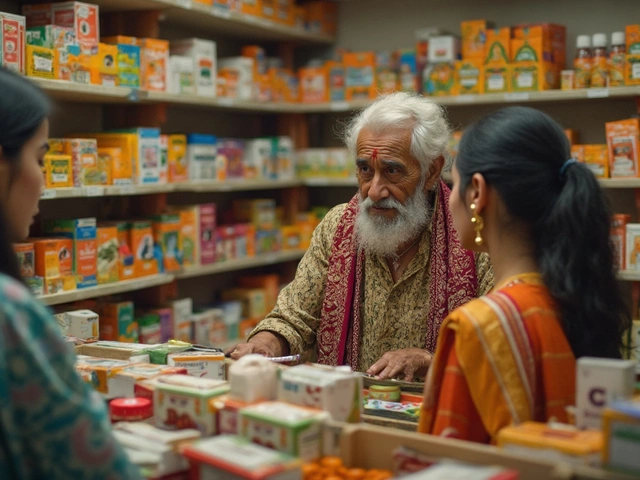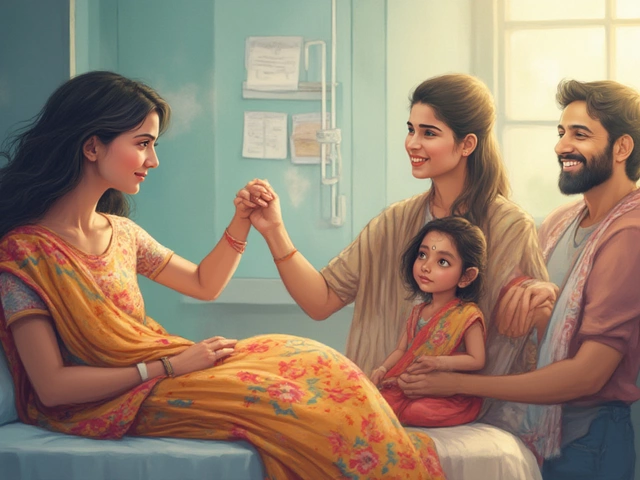Suicide Risk Assessment Tool
This tool helps estimate your risk level based on common risk factors associated with suicide. Please answer the following questions honestly.
TL;DR
- Deadliest mental illness is Major Depressive Disorder (MDD) because it drives the highest global suicide numbers.
- MDD accounts for roughly 800,000 suicides each year, according to the World Health Organization.
- Substance use disorders and schizophrenia also have high mortality, but their numbers are lower than MDD‑related deaths.
- Effective treatment, early screening, and community support can slash suicide risk dramatically.
- Learn how to recognize warning signs and where to get help in Bangalore and beyond.
What Makes a Mental Illness “Deadly”?
When we talk about a mental illness being “deadly,” we’re usually referring to two things: the direct risk of suicide and the indirect risk of medical complications that arise because of the condition. The World Health Organization (World Health Organization a United Nations agency that monitors global health trends) defines suicide as the third leading cause of death among 15‑ to 29‑year‑olds. That statistic alone gives a clear benchmark for measuring lethality.
Another angle is the “years of life lost” metric used by the Global Burden of Disease study (Global Burden of Disease a comprehensive research program that quantifies health loss worldwide). It looks at premature mortality and disability combined, which is why mental illnesses that worsen heart disease, diabetes, or respiratory problems also rank high on the danger list.
Why Major Depressive Disorder Tops the Chart
Major Depressive Disorder a mood disorder characterized by persistent sadness, loss of interest, and a range of physical symptoms (often shortened to MDD) sits at the top of the mortality ladder for a few concrete reasons.
- Suicide Linkage: The WHO reports that about 50% of all suicides involve a diagnosed mood disorder, with MDD being the most common.
- Prevalence: Roughly 5% of adults worldwide (≈280million people) experience a major depressive episode each year, according to the DSM‑5 (DSM‑5 the standardized manual for diagnosing mental disorders used by clinicians).
- Treatment Gap: In low‑ and middle‑income countries, up to 75% of people with MDD never receive proper care, raising the risk of fatal outcomes.
- Co‑morbidities: Depression often co‑exists with cardiovascular disease, diabetes, and chronic pain; the combination accelerates mortality.
When you multiply a high‑risk condition by a massive global population, the death toll spikes - that’s why MDD claims close to 800,000 lives annually.
How Other Mental Illnesses Compare
Let’s put MDD side‑by‑side with the next most lethal conditions: Substance Use Disorders (SUD) and Schizophrenia.
| Illness | Annual Global Deaths | Primary Cause of Death | Prevalence (%) |
|---|---|---|---|
| Major Depressive Disorder | ≈800,000 | Suicide | 5.0 |
| Substance Use Disorder | ≈560,000 | Overdose / Liver disease | 3.8 |
| Schizophrenia | ≈300,000 | Cardiovascular disease | 0.7 |
Notice how the death count for MDD is still the highest, even though SUD has a similarly high fatality rate per affected individual. The sheer scale of depression pushes it to the top.

Why Suicide Drives the Numbers
Suicide is not a random act; it follows a pattern of escalating risk factors. The World Health Organization lists these as:
- Previous suicide attempts
- Severe depressive symptoms (hopelessness, anhedonia)
- Substance misuse
- Social isolation or recent loss
- Access to lethal means (pesticides, firearms)
When these factors line up, the odds of a fatal outcome soar. That’s why clinicians stress early screening-getting ahead of the curve can save lives.
Spotting the Red Flags in Everyday Life
If you’re wondering how to identify someone slipping into a dangerous depressive state, keep an eye on these common signals:
- Persistent sadness or irritability lasting more than two weeks.
- Loss of interest in previously enjoyed hobbies.
- Changes in appetite or sleep patterns (insomnia or hypersomnia). \n
- Talk of being a burden, worthlessness, or “I can’t go on.”
- Sudden reckless behavior (driving fast, binge drinking).
These aren’t diagnostic tools, but they’re solid starting points for a caring conversation.
Getting Help in Bangalore and Beyond
Living in Bangalore gives you access to a growing mental‑health ecosystem. Public hospitals, private clinics, and NGOs like Institute of Mental Health, Bangalore a government‑run mental health center offering free psychiatric services provide affordable counseling and medication. If you’re a student, many colleges partner with the National Institute of Mental Health and Neurosciences (NIMHANS) for low‑cost therapy.
Here’s a quick checklist to navigate the system:
- Call the suicide helpline (080‑ 22999966) - it’s a free, 24/7 service.
- Book an appointment with a psychiatrist through the NIMHANS online portal (no links required, just note the name).
- If cost is a barrier, inquire about the “Mental Health Care Programme” run by the Karnataka government.
- Consider support groups at local community centers; peer‑led spaces reduce stigma.
Remember, asking for help is a sign of strength-not weakness.
Preventive Strategies That Work
Data from the WHO’s “Mental Health Action Plan 2023‑2030” shows that community‑based interventions cut suicide rates by up to 30% in low‑resource settings. Here are three evidence‑based approaches you can adopt:
- Regular Physical Activity: Even a 30‑minute walk improves serotonin levels and reduces depressive symptoms.
- Mindfulness and CBT Techniques: Structured cognitive‑behavioral therapy (CBT) lowers hopelessness scores in 60‑70% of participants.
- Social Connection: Maintaining strong family ties or joining hobby clubs buffers against isolation, a major suicide predictor.
Integrating these habits into daily life creates a protective shield around mental health.
Key Takeaways
To recap:
- Major Depressive Disorder is the deadliest mental illness, responsible for the largest share of suicide deaths worldwide.
- The sheer prevalence of depression magnifies its impact compared to other high‑risk conditions like substance use disorder and schizophrenia.
- Early detection, accessible treatment, and community support are the most effective tools to lower mortality.
- If you or someone you know shows warning signs, reach out to local resources in Bangalore or use global helplines.

Frequently Asked Questions
Is depression the leading cause of suicide?
Yes. Around half of all suicide deaths involve a mood disorder, and Major Depressive Disorder is the most common among them, according to WHO data.
How does substance use disorder compare in mortality?
Substance Use Disorder causes roughly 560,000 deaths annually, mainly from overdoses and liver disease. While the per‑person risk is high, the lower global prevalence keeps its total death count below that of depression.
What are the most effective ways to prevent suicide?
Community‑based screening, readily available mental‑health services, and building strong social networks have been shown to reduce suicide rates by up to 30%.
Where can I find mental‑health help in Bangalore?
You can call the 24/7 suicide helpline 080‑22999966, book a consultation at NIMHANS, or visit the Institute of Mental Health, Bangalore for free services.
Can therapy completely eliminate suicide risk?
Therapy, especially CBT and crisis intervention, significantly reduces risk but does not guarantee zero chances. Ongoing support and monitoring are essential.






